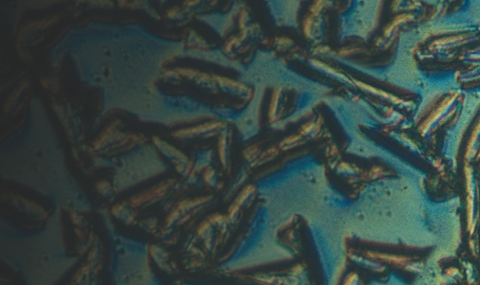Microbial laboratory experiments have proven to be a remarkable way to study basic principles in evolution, and lead to challenging theoretical questions. How is population fitness connected to cellular traits such as growth rate, lag time, cell size and yield? How does clonal interference (the co-existance of numerous species in the population) and interactions between genes (epistasis) affect the rate of adaptation? We use simple, stochastic models to explore these questions, some of which are inspired by the physics of spin-glasses.
Relevant publications:
[1] Stochastic tunneling across fitness valleys can give rise to a logarithmic long-term fitness trajectory, Yipei Guo, Marija Vucelja and Ariel Amir, Science Advances 5, 7, eaav3842 (2019).
[2] Evolution of microbial growth traits under serial dilution, Jie Lin, Michael Manhart and Ariel Amir, Genetics (2020).
[3] The effect of weak clonal interference on average fitness trajectories in the presence of macroscopic epistasis, Guo, Y. and Amir, A., Genetics, 220(4), p.iyac028 (2022).
[4] Boffi, N.M., Guo, Y., Rycroft, C.H. and Amir, A., 2023. How microscopic epistasis and clonal interference shape the fitness trajectory in a spin glass model of microbial long-term evolution. bioRxiv (2023).
[5] Evolutionary dynamics in non-Markovian models of microbial populations, Jafarpour, F., Levien, E. and Amir, A., bioRxiv (2022).


